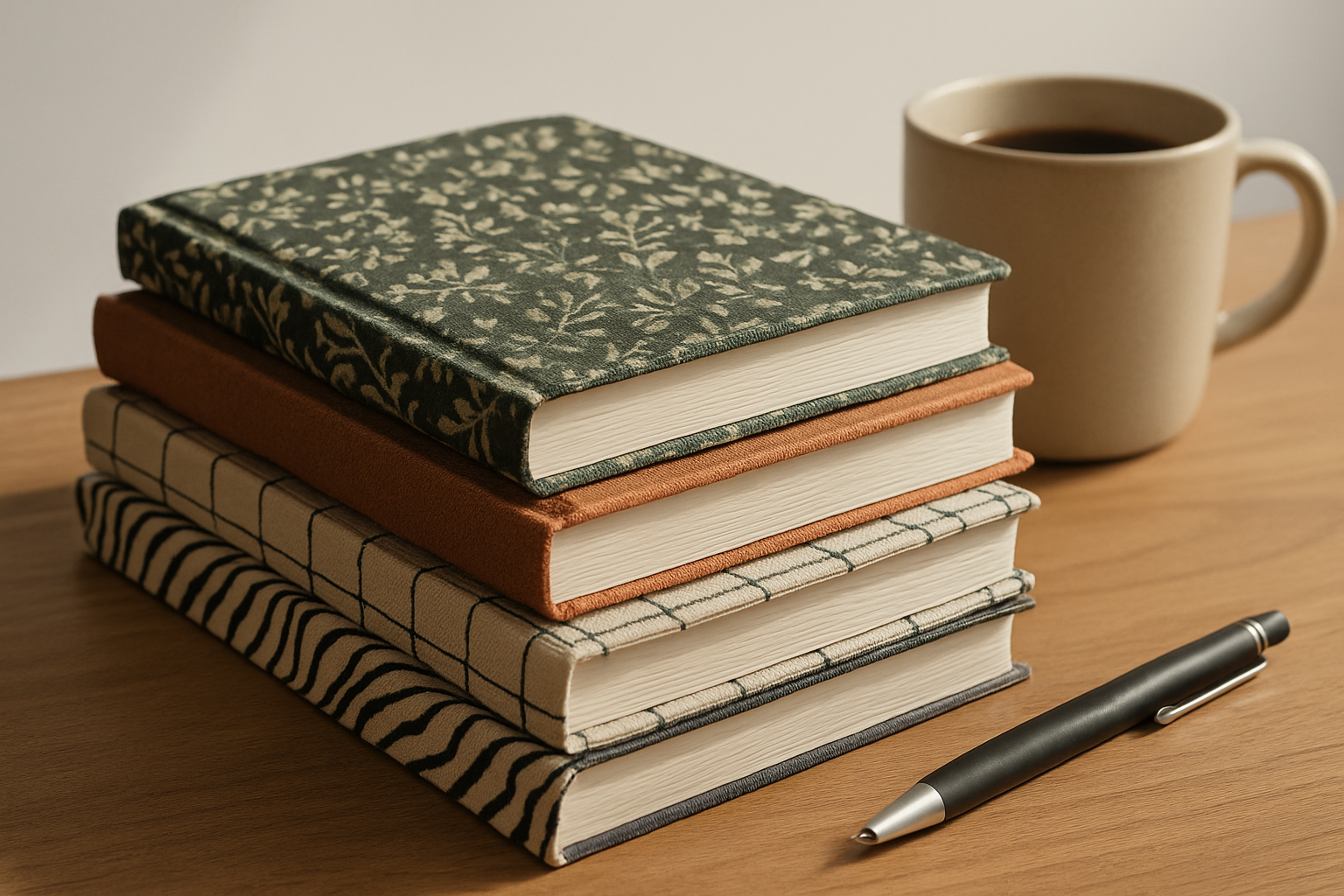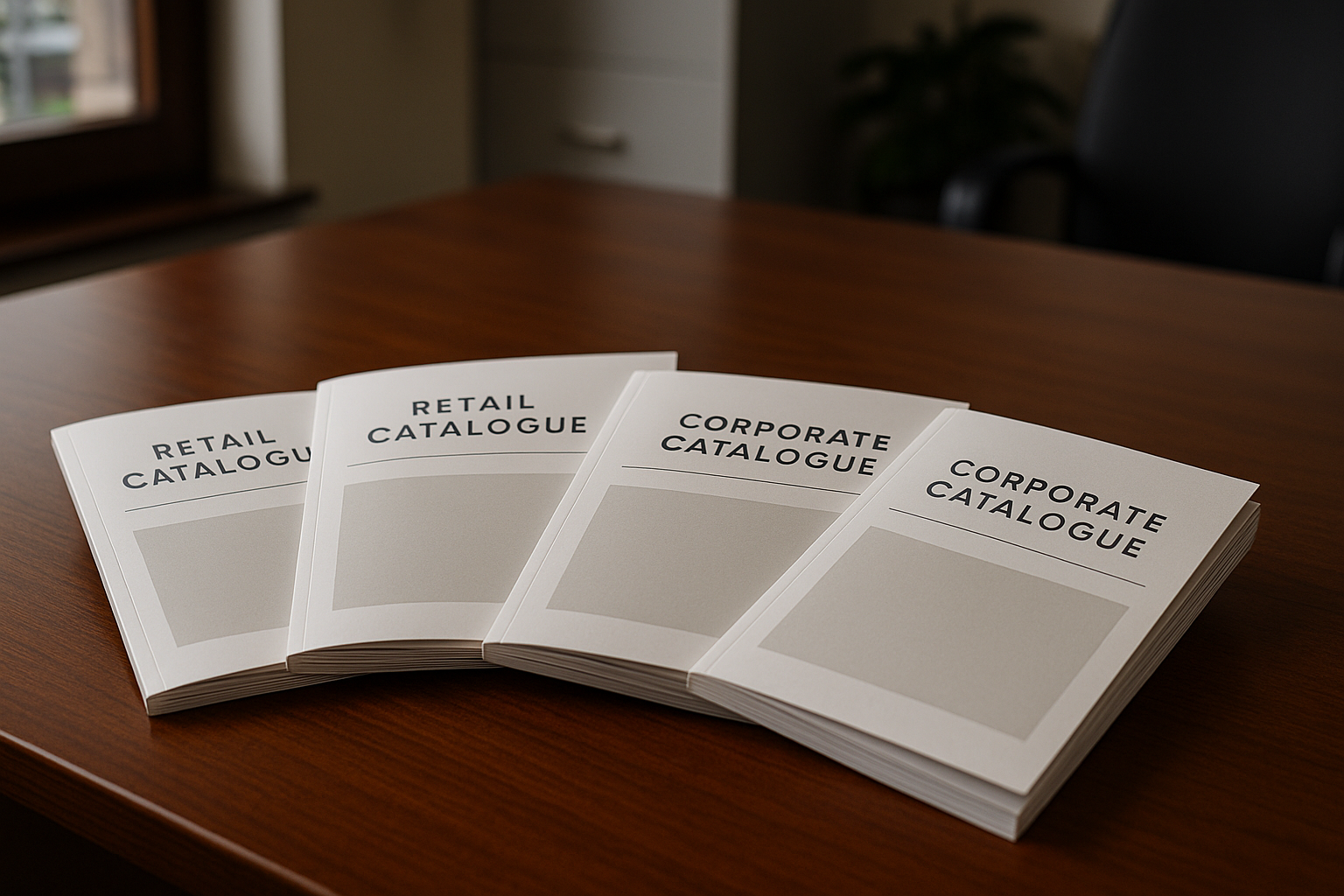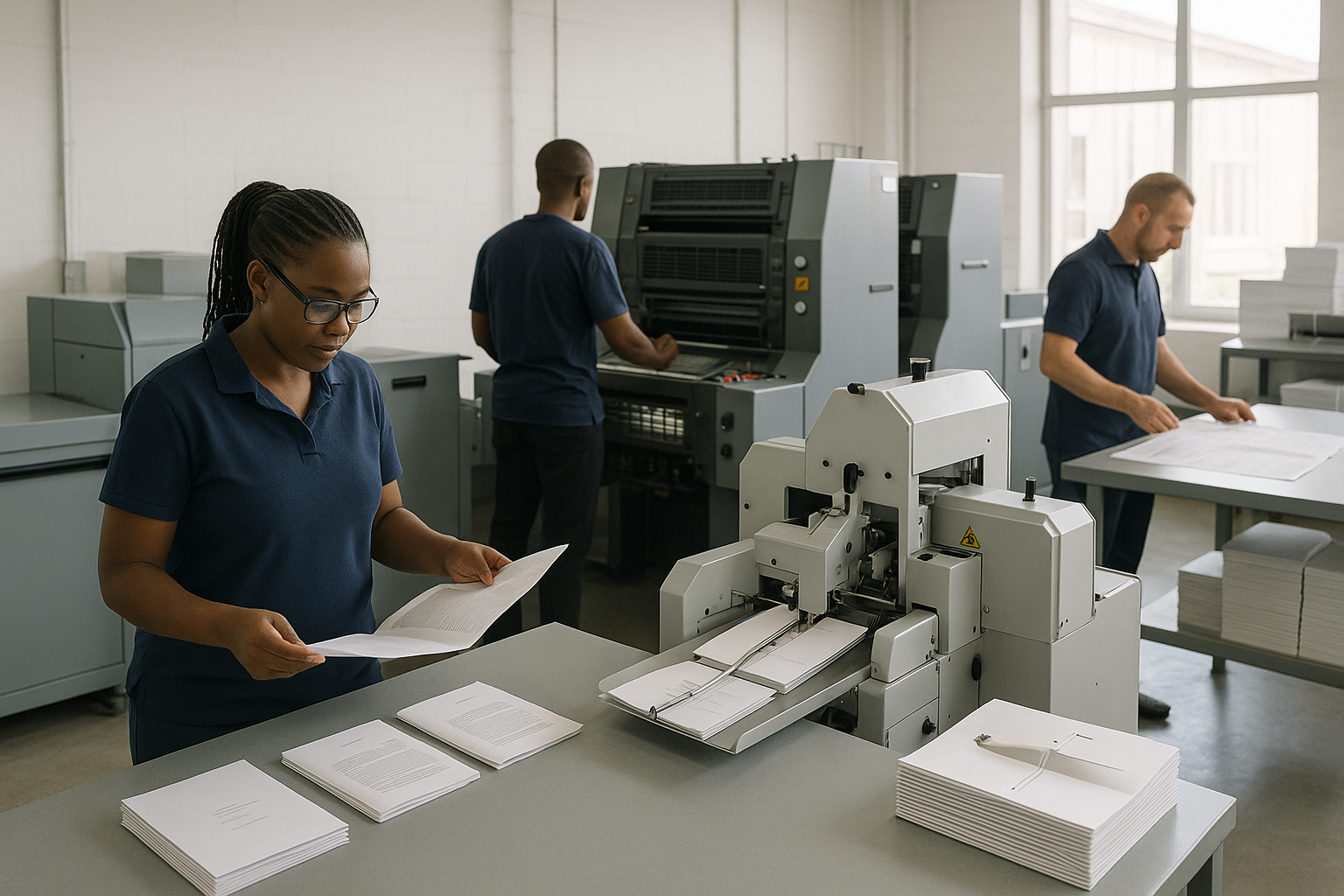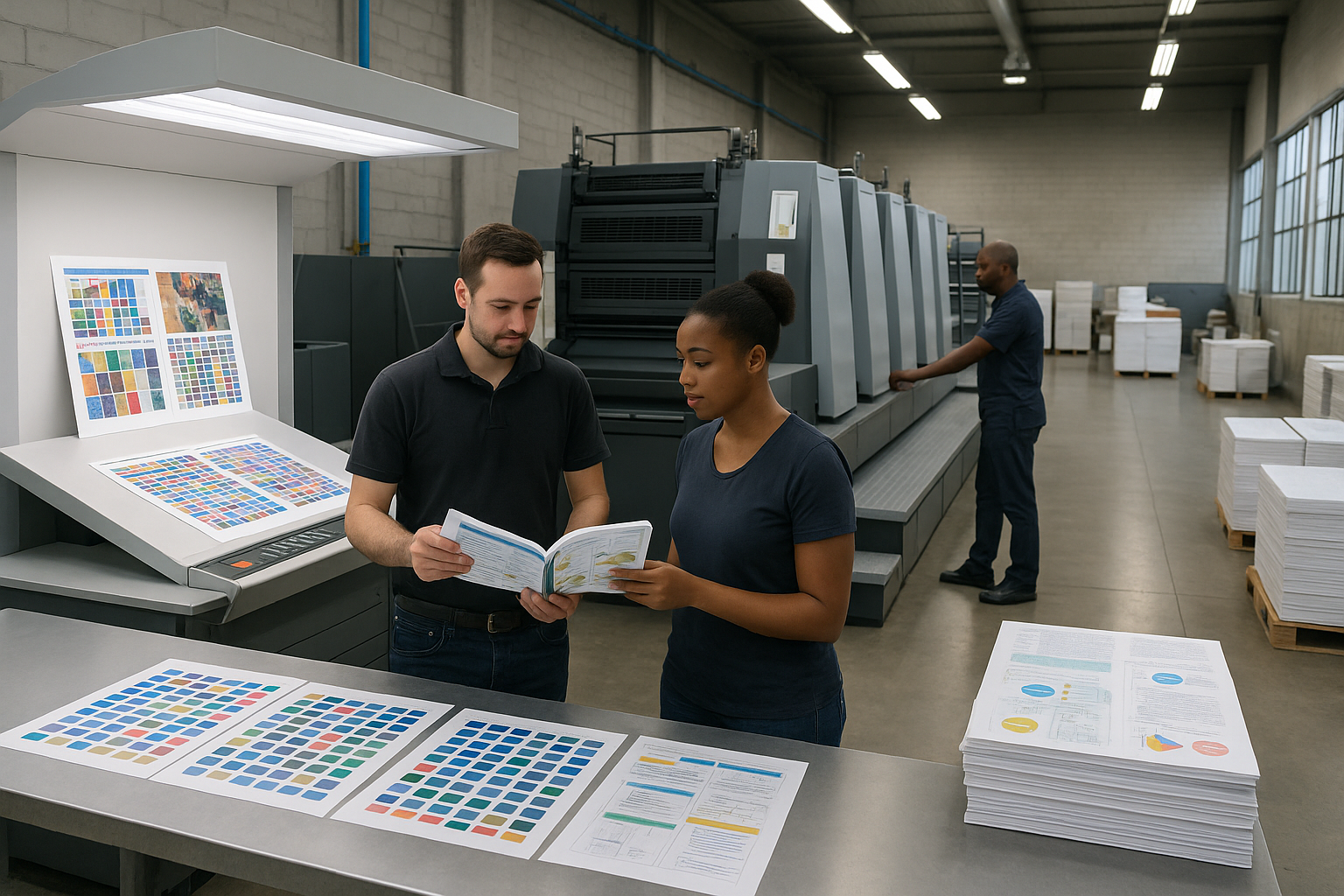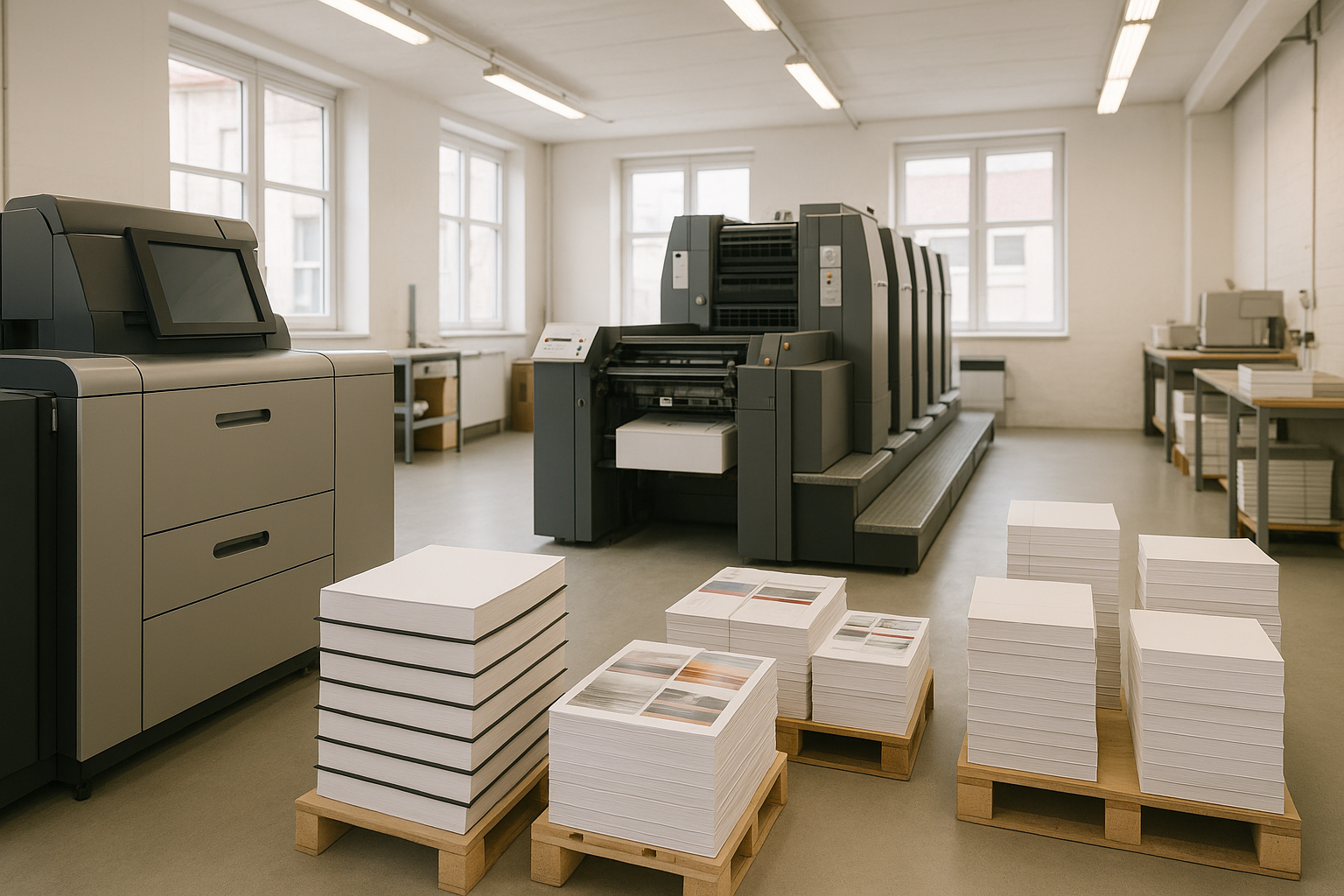Printed notebooks are a powerful, tactile tool for schools, businesses and events — combining practical note-taking with branding, durability and design. This guide explains how to design, choose paper, finish and order print notebooks in South Africa, and how commercial and educational printers can deliver cost-effective, fast-turnaround results.
What are the best formats to print notebooks for schools and businesses?
Choosing the right format is the first step when you print notebooks. Formats affect usability, cost and binding choices. For schools and educational printing, common formats are A4 and A5 because they fit standard schoolbooks, worksheets and filing systems. For promotional and event notebooks, B5 and custom square sizes are popular for a boutique look.
Consider these pros and cons:
- A4: Great for workbooks and training manuals where you need room for diagrams and exercises.
- A5: Pocketable and cost-effective for student exercise books and giveaways.
- Custom sizes: Offer brand differentiation for marketing campaigns or bespoke corporate gifts.
When you place a bulk educational printing order in South Africa, printers can often optimise imposition (how pages are laid out on press sheets) to lower cost if you choose standard sizes.
How should I design pages before I print notebooks?
Designing interior pages is about readability, structure and printing efficiency. Setup pages with appropriate margins, bleed (usually 3mm), and safe zones for binding. Use consistent typography and line spacing for note-taking — 1.2–1.5 line height works well for ruled or lined pages.
Include a title page, contents or subject tabs for educational notebooks. For corporate notebooks, add a subtle logo, contact details on the back and optional page footers for dates or numbers. Design templates in PDF/X formats to ensure colour and fonts embed correctly for both litho and digital printing.
Tip: Provide masters for training manuals or textbooks as single PDFs; many commercial printers accept these for print-on-demand or short-run work and can integrate with booklet printing workflows.
What paper types are best when you print notebooks?
Paper choice determines feel, opacity (show-through), weight and cost. For most notebooks, the common options are:
| Use | Paper Type | Typical Weight | Benefits |
| Interior pages | Uncoated white offset / woodfree | 80–90 gsm | Low show-through, affordable, good for pencils and pens |
| Premium interiors | Natural or cream laid paper | 80–120 gsm | Luxurious feel, archival |
| Cover | Coated artboard or kraft | 200–350 gsm | Durable, printable for vibrant covers |
For school textbook-style notebooks you print for learners in South Africa, 80 gsm interior pages are common to balance cost and usability. For executive or gift notebooks, choose heavier interiors and a 300 gsm laminated cover for durability.
According to Statista, demand for digital and short-run print has increased in recent years as organisations favour targeted, on-demand runs over large inventories, which impacts paper selection and procurement strategies.

Which binding and finishing options should I choose when I print notebooks?
Binding affects how a notebook lies flat and its durability. Popular options include:
- Wire-O / spiral binding: Lies flat and allows 360° folding — ideal for workbooks and daily planners.
- Saddle stitch (stapled): Cost-effective for thin booklets and book-style notebooks up to ~64 pages.
- PUR or perfect binding: Looks like a book and suits thicker volumes like study guides or training manuals.
- Hardcover case binding: Premium, durable for executive notebooks and products intended to last years.
Finishing options include gloss or matte lamination, soft-touch coating, spot UV for logos, foil stamping for luxury branding, and rounded corners to reduce wear. For eco-friendly school printing and packaging, water-based varnishes and recycled covers are popular options.
If you need fast turnaround printing across South Africa for school term preparation, choose bindings and finishes that printers stock locally to avoid import delays.
How many pages and runs should I order when I print notebooks in bulk?
Deciding run size depends on budget, storage and how often you update content. Bulk educational printing for schools often benefits from larger runs to reduce unit cost, but small businesses and events favour short runs or print-on-demand to avoid waste.
Guidelines:
- Short run (50–500): Good for pilots, events and small schools.
- Medium run (500–5,000): Economical for regional distribution and term orders.
- Large run (5,000+): Best for national textbook and catalogue distribution; printers can negotiate paper and process savings.
According to the South African Department of Basic Education, many districts plan term-by-term, creating seasonal demand spikes — discuss delivery schedules and warehousing with your printer if you need repeat shipments across provinces.
How do costs break down when you print notebooks?
Costs vary by paperweight, binding, colour printing and run size. Typical cost factors include prepress (design, proofs), paper and ink, press time (digital or litho), finishing, binding and delivery. Below is a simple cost component breakdown for planning:
- Design and typesetting: One-time or per-edition
- Printing: Per-page cost driven by colour coverage and run size
- Finishing and binding: Fixed per-unit plus setup
- Packaging and delivery: Especially relevant for nationwide print delivery across South Africa
Many printers offer price breaks at quantity thresholds. For school textbook printing and catalogue printing, discuss multi-term commitments to secure lower per-unit pricing and fast turnaround printing schedules.
What eco-friendly options are available when you print notebooks?
Eco-conscious choices are increasingly important: recycled and FSC-certified papers, eco inks, and low-solvent coatings reduce environmental impact. Recycled paper options can range from 30% to 100% recycled content. For covers, consider kraft board or paper with a natural finish instead of plastic lamination.
According to industry reporting, many commercial printers now provide certified eco options and carbon reporting to help schools and businesses meet sustainability targets. Using local printers reduces shipping footprint — an important consideration when distributing notebooks across South Africa.
How can I make my notebooks more useful and inspirational?
Beyond cover design, content choices make notebooks inspiring: include prompts, guided layouts, monthly calendars, subject-specific templates, or inspirational quotes. For school exercise books, add margin rules, numbering and learning outcomes. For corporate notebooks, integrate meeting templates, contact pages, and modular note sections.
Design for function: consider dot-grid interiors for creativity, lined pages for lectures, or graph paper for technical subjects. Custom inserts like study tips, quick-reference charts and index pages add value and position the notebook as a learning tool rather than just stationery.
How long does it take to print notebooks and get delivery across South Africa?
Turnaround depends on run size, binding complexity and finish. Short digital runs can ship in 3–7 business days; litho (offset) runs for larger quantities may take 2–3 weeks including finishing and delivery. Fast turnaround printing services are available for schools preparing for term starts, workshops and conferences.
Always plan for proofs and approvals; a hard-copy proof or certified digital proof helps avoid costly reprints. For nationwide delivery, choose printers experienced in logistics and distribution to schools and retail outlets across South Africa.
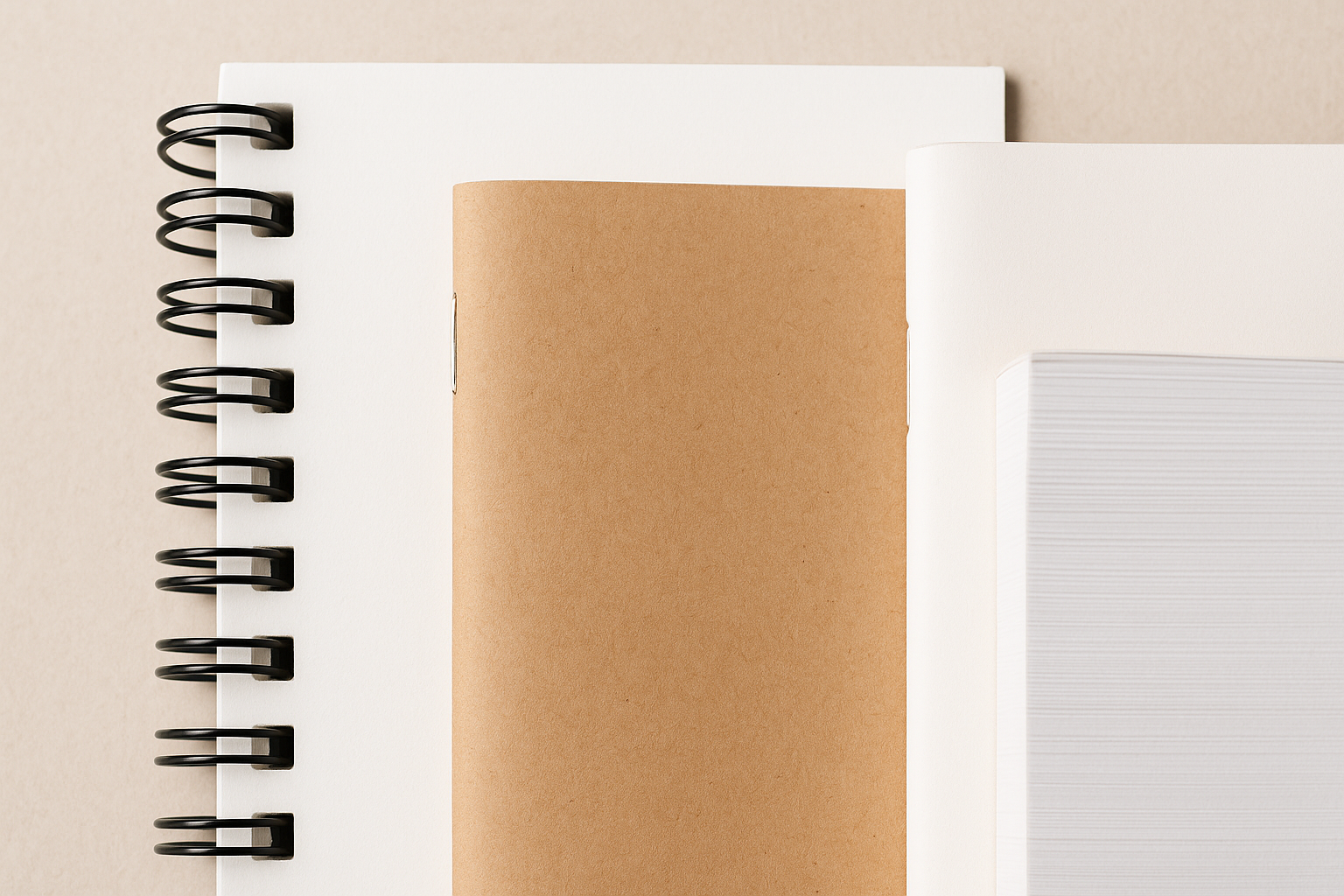
How do I choose a printer for notebooks — what questions should I ask?
Select a printer with relevant industry experience — look for partners who handle educational printing, booklet printing, catalogue printing and books printing. Ask about:
- Minimum and maximum run sizes and pricing tiers
- Paper sourcing and eco certifications (FSC, recycled content)
- Binding and finishing capabilities (Wire-O, PUR, case binding)
- Proofing process and colour management
- Delivery options and lead times across South Africa
For specialised projects like textbooks or training manuals, review case studies of the printer’s past work. Many printers also offer design services and can convert classroom materials into print-ready formats. See examples in related services: training manual printing, booklet-printing and textbook-printing to vet their capabilities. Internal links to these services can help you see formats and prior work.
What are common mistakes to avoid when you print notebooks?
Common pitfalls include insufficient bleed and margin settings, low-resolution images, poor colour profiles, and choosing an inappropriate paper or binding for the intended use. Other avoidable mistakes are underestimating shipping lead times and not ordering a physical proof.
To reduce risk, follow prepress checklists, ask for a sample of the chosen paper, and confirm how the notebook will perform in real use (e.g., will ink bleed, will the book lie flat?). Work with printers who offer mockups and test runs, especially for school term preparation or bulk educational printing. According to UNESCO, providing high-quality, fit-for-purpose learning materials is critical to effective education delivery.
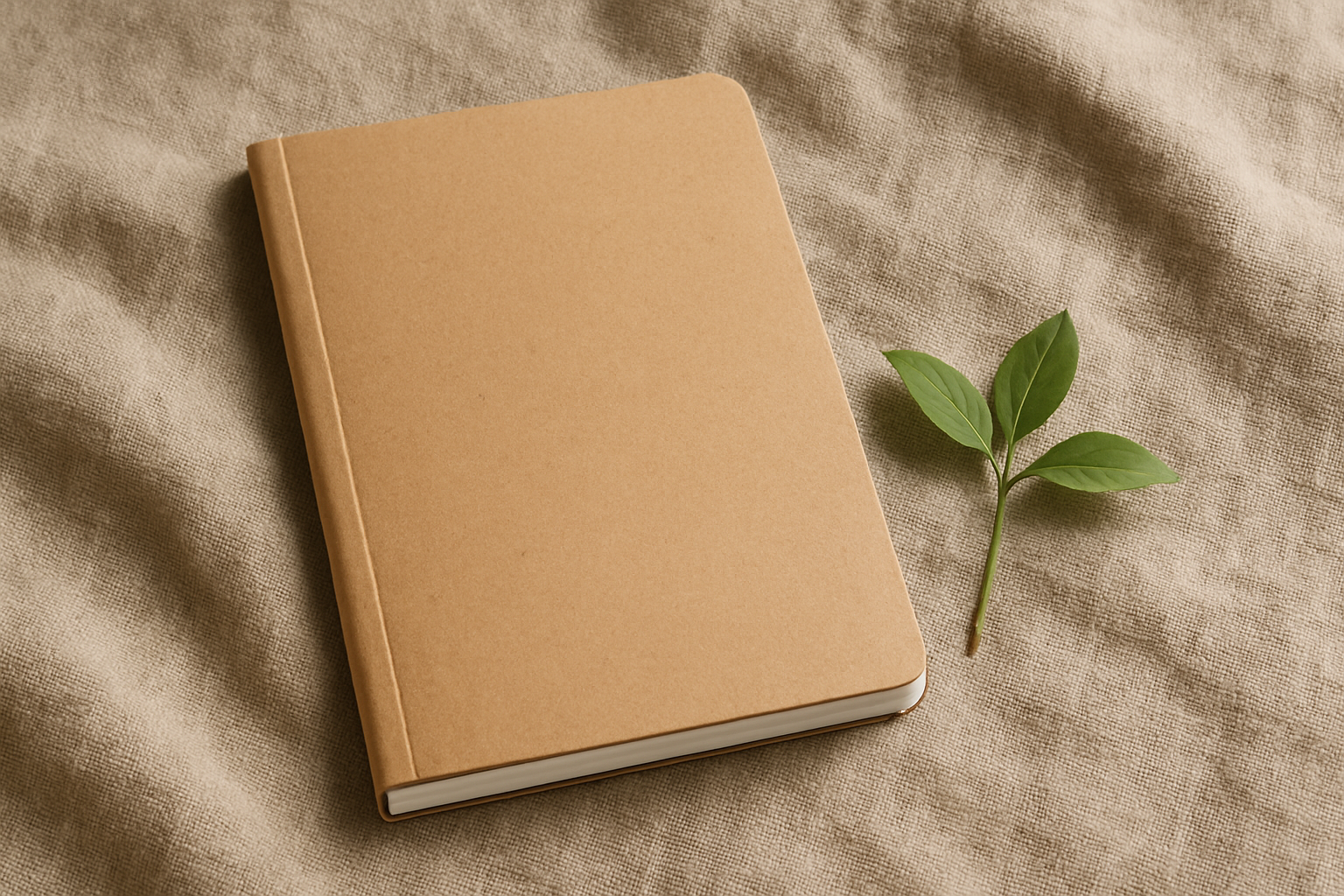
Where can I learn more about notebook paper and printing history?
For a concise background on the evolution of paper products and the notebook concept, see the Notebook (paper) article on Wikipedia. Understanding the historical context helps when choosing traditional versus modern finishes and materials.
Whether you are organising school supplies, producing branded bookstore products or preparing training manuals, a well-executed notebook can elevate learner engagement and brand perception. According to industry analysis, digital printing and print-on-demand services have increased accessibility for small businesses to order customised notebooks without large inventory risks.
Which additional services should I consider when ordering print notebooks?
Complementary services add value to a notebook project. Consider the following:
- Design and typesetting services to prepare teacher notes and learning inserts.
- Bulk distribution to schools and regional warehouses for term logistics.
- Custom packaging or shrink-wrapping for retail presentation or hygiene compliance.
- Inventory and reprint agreements for multi-term educational programs.
If you plan to produce textbooks, booklets or catalogues alongside notebooks, choose a printer experienced in multi-product workflows — many commercial printers in South Africa bundle these services to improve cost-effectiveness.
How do I get an accurate quote to print notebooks?
Provide the following to your shortlisted printers for accurate quoting: page count, page size, paper types for interior and cover, binding choice, estimated run sizes, expected finish (laminate, foil, varnish), delivery addresses and desired turnaround. Ask for line-item quotes so you can compare prepress, setup, printing, finishing and delivery costs.
Tip: Compare digital vs offset pricing at your target run size — digital may be more cost-effective for runs under a few thousand units and offers variable data options for personalisation or numbered student packs.
Summary: How to print notebooks that inspire learning and brand loyalty
Printed notebooks combine function and expression. By selecting the right format, paper, binding, and finishes—and by partnering with Print It ZA, South Africa’s trusted notebook and educational printing specialist—you can deliver high-quality notebooks on time and on budget. Print It ZA’s expertise in educational printing, booklet printing, and catalogue printing ensures that every project meets both creative and operational goals.
Plan your run sizes strategically, choose eco-friendly papers, and always request proofs to avoid costly reprints. For textbook-style projects or corporate training manuals, leverage Print It ZA’s professional-grade printing services to ensure your materials support both learning outcomes and brand consistency.
For larger coordinated projects, explore related textbook printing, book printing, and booklet printing options to streamline your school term readiness or business material rollout efficiently.
Print It ZA, we deliver Printing Best!
Contact Print It ZA today, for a Free Quote and Speedy Service.
{“@context”:”https://schema.org”,”@type”:”FAQPage”,”@id”:””,”mainEntity”:[{“@type”:”Question”,”name”:”What formats are best to print notebooks for schools and businesses?”,”acceptedAnswer”:{“@type”:”Answer”,”text”:”Common formats are A4 and A5 for schools and B5 or custom sizes for branded notebooks. A4 is ideal for workbooks, A5 for pocketable notebooks and custom sizes for unique branding or boutique products.”}},{“@type”:”Question”,”name”:”How should I design pages before I print notebooks?”,”acceptedAnswer”:{“@type”:”Answer”,”text”:”Design with appropriate margins, bleed and safe zones. Use consistent typography and line spacing, include title pages and subject tabs for educational notebooks, and supply print-ready PDFs (PDF/X) for best results.”}},{“@type”:”Question”,”name”:”What paper types are best when you print notebooks?”,”acceptedAnswer”:{“@type”:”Answer”,”text”:”Interior pages commonly use 70–90 gsm uncoated woodfree paper; premium interiors use 80–120 gsm; covers typically use 200–350 gsm coated or kraft board. Choice balances cost, opacity and feel.”}},{“@type”:”Question”,”name”:”Which binding options should I choose when I print notebooks?”,”acceptedAnswer”:{“@type”:”Answer”,”text”:”Popular bindings include Wire-O/spiral for flat-laying notebooks, saddle stitch for thin booklets, PUR/perfect binding for thicker volumes, and case binding for hardcover notebooks.”}},{“@type”:”Question”,”name”:”How many pages and runs should I order when printing notebooks in bulk?”,”acceptedAnswer”:{“@type”:”Answer”,”text”:”Short runs (50–500) suit events and pilots; medium runs (500–5,000) suit regional use; large runs (5,000+) are economical for national distribution. Balance cost savings with storage and content update needs.”}},{“@type”:”Question”,”name”:”What eco-friendly options exist for notebook printing?”,”acceptedAnswer”:{“@type”:”Answer”,”text”:”Options include recycled and FSC-certified papers, vegetable-based inks, water-based coatings and local production to reduce shipping impact. Many printers in South Africa now offer certified eco options.”}},{“@type”:”Question”,”name”:”How long does it take to print notebooks and deliver across South Africa?”,”acceptedAnswer”:{“@type”:”Answer”,”text”:”Short digital runs can ship in 3–7 business days; larger litho runs typically take 2–3 weeks including finishing and delivery. Timelines depend on run size, binding complexity and local logistics.”}},{“@type”:”Question”,”name”:”What mistakes should I avoid when printing notebooks?”,”acceptedAnswer”:{“@type”:”Answer”,”text”:”Avoid insufficient bleed and margin settings, low-resolution images, wrong paper choice, and skipping physical proofs. Confirm binding suitability for intended use and plan delivery lead times.”}},{“@type”:”Question”,”name”:”How do I get an accurate quote to print notebooks?”,”acceptedAnswer”:{“@type”:”Answer”,”text”:”Provide page count, page size, paper types, binding, run size, finish, delivery addresses and turnaround to your printer. Ask for line-item quotes and compare digital vs offset pricing for your quantity.”}},{“@type”:”Question”,”name”:”Which additional services should I consider when ordering printed notebooks?”,”acceptedAnswer”:{“@type”:”Answer”,”text”:”Consider design and typesetting, bulk distribution, custom packaging, inventory agreements and related printed materials such as textbooks, booklets and catalogues to support multi-product programs.”}}]}
meta: [object Object]
